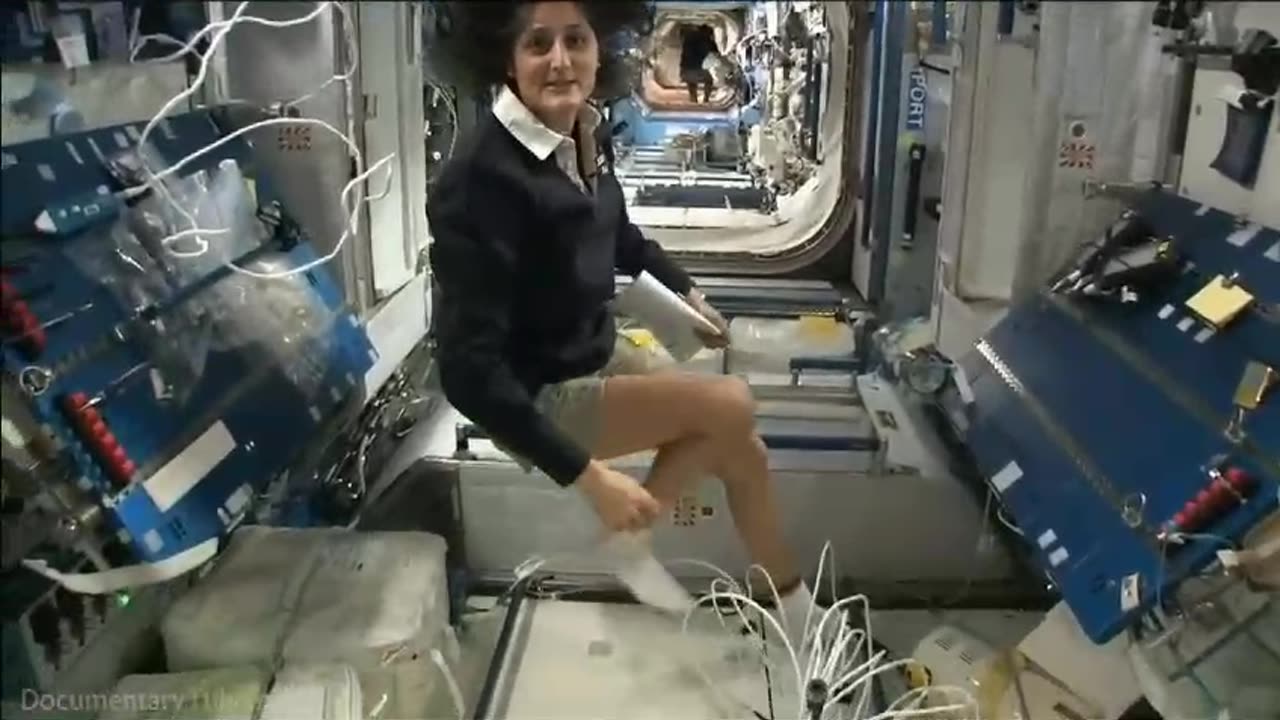Premium Only Content

How it works in The International Space Work...
The International Space Station is a large spacecraft that orbits Earth at an average altitude of approximately 420 kilometers (about 261 miles). It serves as a unique and collaborative space laboratory where astronauts and cosmonauts from various countries live and work together. The construction of the ISS began in 1998, and it has been continuously inhabited since November 2000.
Key features and aspects of the International Space Station include:
International Collaboration: The ISS is a joint project involving space agencies from multiple countries, including NASA (United States), Roscosmos (Russia), ESA (European Space Agency), JAXA (Japan Aerospace Exploration Agency), and CSA (Canadian Space Agency).
Modular Structure: The station is modular, consisting of multiple interconnected modules and components. These modules serve various purposes, such as living quarters, laboratories, and docking ports.
Microgravity Environment: The ISS provides a unique microgravity environment that allows scientists to conduct experiments and research across various scientific disciplines, including physics, biology, astronomy, and materials science.
Crewed Missions: Astronauts and cosmonauts aboard the ISS typically stay for extended periods, conducting experiments, performing maintenance, and participating in international scientific collaborations. Crew members come from different countries, fostering international cooperation in space exploration.
Earth Observation: The ISS serves as an observation platform for monitoring Earth's environment. Instruments on board capture data on weather, climate, and natural disasters, contributing valuable information to scientific research.
-
 3:00:14
3:00:14
vivafrei
11 hours agoEp. 248: "Bitcoin Jesus" Begs Trump! Rekieta Gets Plea Deal! Pardons, Deportations, Bird Flu & MORE!
104K76 -
 3:44:06
3:44:06
Rising Rhino
10 hours ago $10.97 earnedWashington Commanders Vs Philadelphia Eagles: NFL NFC Championship LIVE Watch Party
46.2K3 -
 13:00
13:00
Exploring With Nug
4 hours ago $2.53 earnedHe Went To Get A Haircut And Vanished WIthout a Trace!
34.3K -
 18:53
18:53
DeVory Darkins
1 day ago $24.07 earnedTrump JUST ENDED Mayor Karen Bass During HEATED Meeting
59.3K207 -
 21:06
21:06
Russell Brand
8 hours agoIT'S COMING
125K338 -
 21:26
21:26
Stephen Gardner
1 day ago🔥What JUST leaked out of Congress must be STOPPED NOW!
116K275 -
 53:25
53:25
tether
11 days agoStability and Freedom in Chaos: The Story of Tether USD₮ | Tether Documentary (USDT)
132K5 -
 56:44
56:44
VSiNLive
2 days agoFollow the Money with Mitch Moss & Pauly Howard | Hour 1
72.1K2 -
 36:50
36:50
Anthony Pompliano
2 days ago $16.06 earnedInvestors Are ALL-IN On Bitcoin
70.9K20 -
 32:19
32:19
SB Mowing
9 days agoA Backyard She’s NEVER Seen – Now Safe for the Kids to Play!
66.2K28